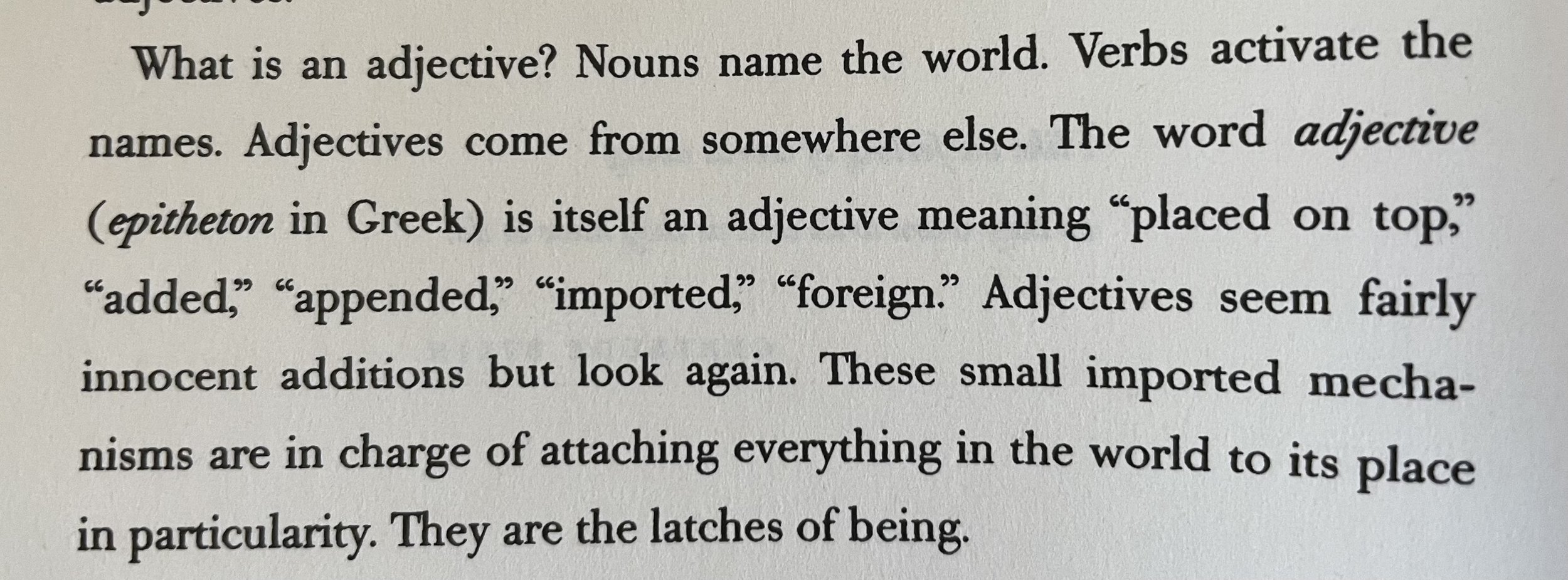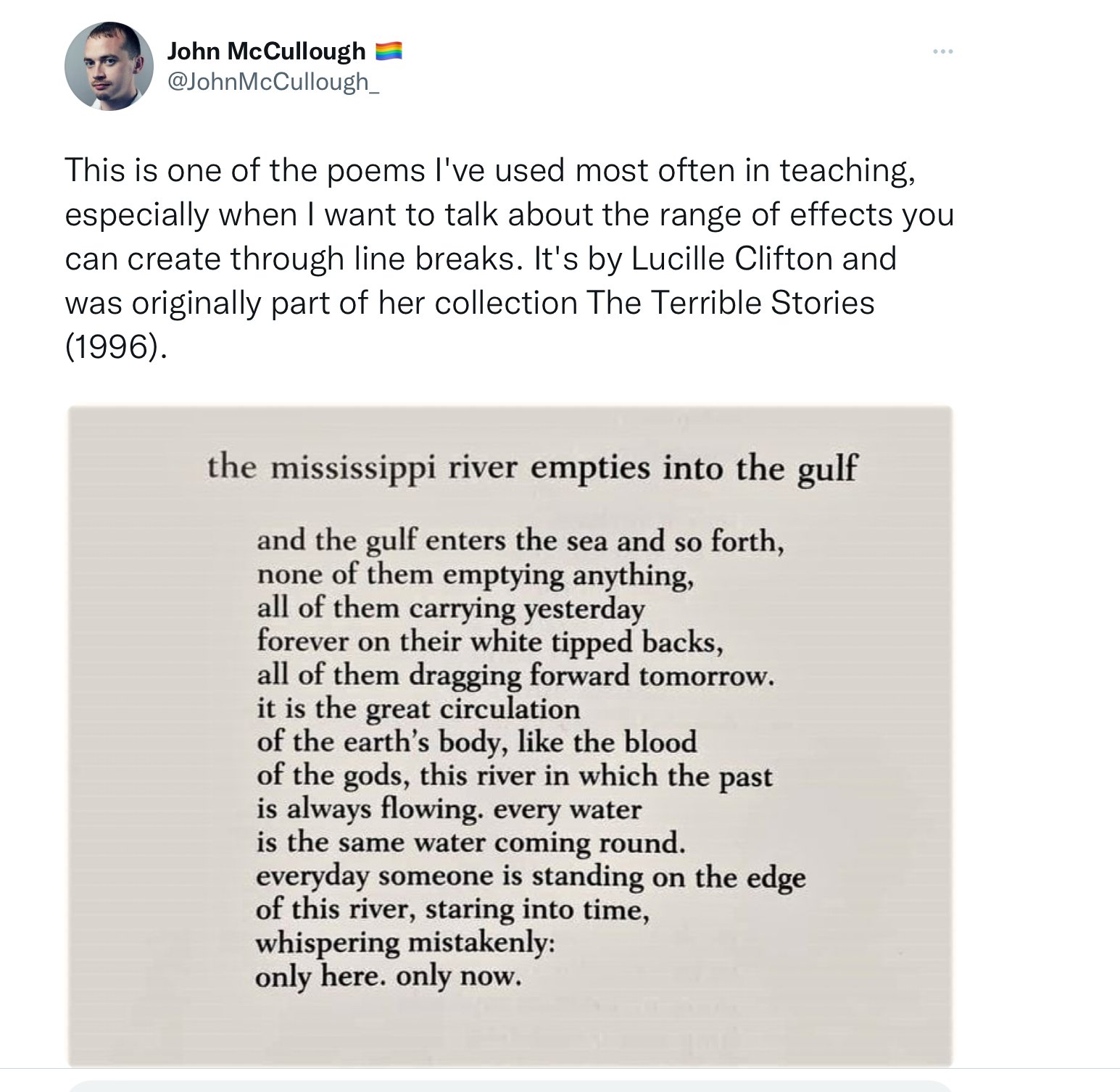So April is National Poetry Month and the write-30-poems-in-30-days challenge, so May needs to be the month of editing. Editing can be a lot less fun than that initial burst of inspiration, but editing gets easier with practice. Many writers have a set of editing rules, some of which are helpful for everyone, and others that are really only helpful for a few people. Looking at what other writers, poets and editors advise is helpful so that you can find what works best for you. Joining a writing workshop and learning others’ processes has been incredibly helpful to me, but can be overwhelming to new writers still seeking to develop their own voice/style.
Btw, some of these tips are useful only for poetry; others can help with editing stories and essays too.
TL;DR version:
Set a first draft aside for a period of time before editing.
Keep a copy of the original so that you feel freer to cut and make extreme changes.
Read it aloud at least twice to find awkward phrasing (and reread lines while revising).
Try multiple forms—couplets, block form, quatrains, irregular stanzas, prose poem, etc.
Look for the “heart” or “emotional truth” of the poem.
Cut unnecessary words and images, clichés and abstractions and look for missing connections or undeveloped imagery.
End stanza lines on a strong image or word (verbs are good here).
Check that the first words of the lines aren’t all little words like “and,” “of,” “in” and other prepositions and rearrange if necessary.
Cut unnecessary repetition and “boring” words but avoid overly complicated language and words intended to impress.
Read aloud again, or, if possible, have a friend read it aloud to you to discover awkward phrasing and if another person can follow your punctuation and intended pacing
Check spelling and punctuation a final time. Know the rules and break them intentionally.
One suggestion that many recommend is to set that first draft aside so that you can look at it with fresh eyes. I also find this helpful. Sometimes writing out on paper or in a notes app and then transferring it to a word processing program in a day or two is enough of a break to allow me to revise well enough for at least a solid second draft. Sometimes I need more time, especially if I feel that something is missing but cannot pinpoint where.
Btw, It is during this transferring from my Notes app or notebook that I decide on the overall form, breaking the block into stanzas or couplets. I tend to use (or overuse) couplets because they are easier for me to read from a phone or tablet on stage and my imagery/conversational style often falls into shorter stanzas or couplets. I usually try a poem in both couplets, quatrains or irregular stanzas before deciding.
I always keep an original of a poem while editing, and I may have three or four versions of a poem saved in a folder until I have decided it is really finished. By keeping a copy of the original, I am less nervous about making drastic changes and cuts. I can always go back.
Another tip I use is to read the poem or story aloud so that I can see where I stumble, what feels awkward or just “heavy” to me. Sometimes even after reading a poem to myself and editing, I still find a rough spot when reading in front of an audience. The nervousness seems to make a slightly wonky wording worse (great timing, right!)
Once I have the overall form decided—which I still may change later—I look to see what seems to be the heart of the poem. What line/image is the poem’s “emotional truth”—what I want the reader to understand. Check a four or five lives above the ending if you are having difficulty pinpointing it.
From there, I see what can be cut: clichés, any adjectives or adverbs that are just filler, a line that adds nothing, an image that contradicts or doesn’t fit with the rest. I also try to see what is missing or unclear—this can be the hardest for me (I can get stuck in my head and assume readers will follow my line of thought).
Don’t forget to reread lines aloud as you are revising to check the rhythm and flow.
Next revise the ending words of lines to strong action verbs or to complete an image. I also try to check the first words so that the “and’s” and preposition aren’t stacking up. Here is when I also check for unnecessary repetition. I have been told that repeating a words three times is a deliberate choice but twice an accident.
While most poets first learn poetry through the classics, replicating the formal, often archaic language of those poems won’t connect with most modern audiences and won’t feel like authentic voice to them. Poems can be powerful using only common words. You can use a thesaurus to spice up your language and the more words you know, the more tools you have, but make sure you know the secondary meanings of the words you want to try out.
Read it aloud again, focusing on pacing, rhythm, tone and sound (alliteration, assonance, etc.) Use punctuation, line breaks and internal spacing to guide readers on the intended pace and pauses.
Do one last final check of spelling and punctuation. (Please do not apply this process to this blog post.)
Have fun editing! Remember it is all a process. Good luck!
























